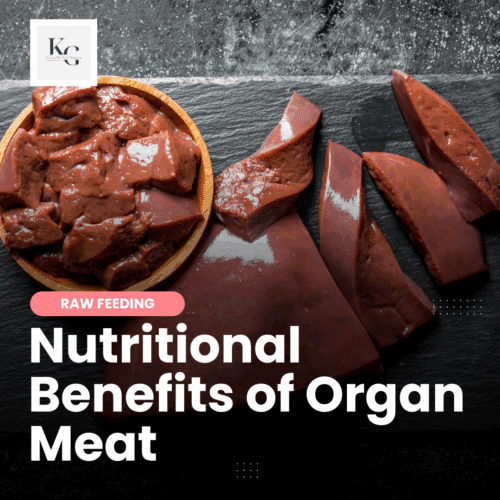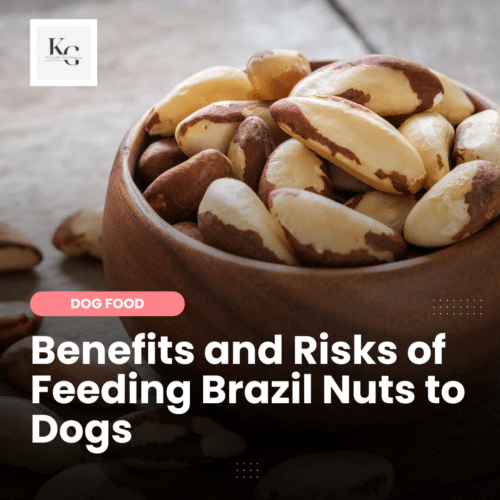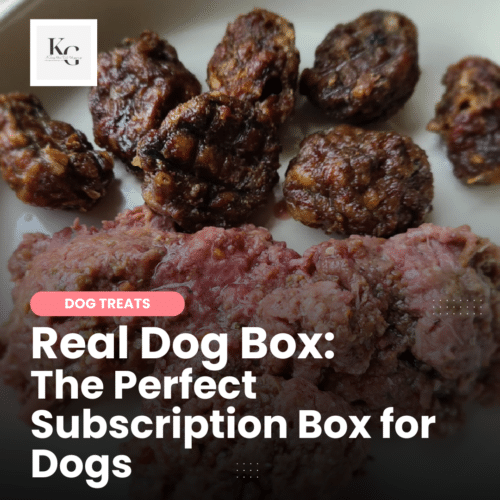Keep the Tail Wagging is supported by pet parents. I occasionally earn a commission (at no additional cost to you) when you click through an affiliate link to one of my favorite products. Thank you for your support. Read More
I don't feed whole prey to my dogs. I primarily feed ground raw dog food. It's easier to mix ingredients when working with ground meat, it's less messy when the dogs eat, and it's easier to store/organize the dogs' freezers. When I started DIY raw feeding, I would spend an entire Saturday grinding meat for the dogs. Now, nearly everything arrives already ground – convenient? YES! But is this right for my dogs? Not 100%.
What is Whole Prey Raw?
When I started feeding raw, I learned that whole prey raw was simply feeding small prey animals whole (i.e. quail and rabbit) instead of ground. As I met more raw feeders, I learned that whole prey can also include a hog or cow's head, a deer's leg (with pelt), and other large animal parts.
The idea behind whole prey, as I understand it, is to feed our dogs a diet that closely resembles what they would eat in the wild, giving our dogs a fresh, nutritionally balanced diet. When feeding whole prey, our dogs benefit from parts of the animal that the food industry typically throws away (blood, intestines, feathers, fur, etc.).
Which brings me to an important point – feeding whole prey DOES NOT MEAN that we're feeding live animals. The food that my dogs eat comes from local, organic, certified humane farms. And I discourage my dogs from going after small animals on our property – baby robin and rabbit seasons are the worst!!!
Benefits of Whole Prey Raw for Dogs
Seeing bowls on Instagram sporting whole prey raw is inspiring because it gives me ideas of things I can add to my dogs' diet. Seeing whole birds or other prey in a bowl may seem kind of gross and barbaric – there are benefits to feeding whole prey, the main benefit being that whole prey is a more complete and “balanced” diet for dogs. Everything is in the bowl because it's in the animal, including those pesky organs that are so hard to source.
The bowl full of vitamins and minerals combined with the enrichment dogs experience when tearing, crunching, and eating whole prey is what inspired me to at least start adding more variety and whole pieces to my dogs' diet.
Why I Add Whole Food to the Bowl
As I said above, I feed primarily ground raw, which isn't bad for dogs. I worked my butt off trying to understand how to feed raw to my dogs, and I have a great system that is nutritious and works for my pack, but I will admit that my diet lacked enrichment, and I needed to make a change. So, several years ago, I started adding more whole prey pieces to the bowl, gaining inspiration from Instagrammers who shared pretty pics of their bowls.
So, technically, I don't feed whole prey to my dogs, I add whole cuts of meat to my dogs' dish so that my dogs get some of the benefits of prey model raw.
1 – Whole Prey Raw Satisfies My Dogs' Chew Drive
Adding duck feet, a duck neck or head, rabbit feet, whole quail, or beef trachea (stuffed with green tripe) satisfies my dogs' chew drive while surprising them with variety in the bowl. Recently, I started paying attention to what my dogs eat first, and most of the time, they go for the whole cut of meat first, especially if it crunches. They love the crunch, and so do I. It makes me feel like a rock star in the kitchen.
2 – Whole Prey Raw Keeps the Teeth Clean
Ground raw doesn't scrape tartar from the teeth; however, whole prey does help keep the teeth clean. My dogs usually get recreational and raw meaty bones on sunny days in the spring/summer/fall months because I feed bones outside. Adding whole cuts that are quick to eat to their bowls gives them the teeth-cleaning benefits year-round, and I don't have to brush their teeth as often.
3 – Whole Prey Raw Closely Resembles a Dog's Natural Diet
If my dogs were left to their own devices, I know they would hunt and consume small wild animals. This isn't behavior that I encourage, and I've learned to watch out actively for rabbits and other small animals to keep them safe from my dogs. But I also respect that this is natural for my dogs. Just as raw feeding is species-appropriate, feeding whole prey raw, even partially, honors their nature. I want my dogs to be dogs, not furry little four-legged humans, and part of that is feeding them in a manner that closely resembles their natural diet.
What Whole Prey Raw Foods I Add to the Bowl
I shared a few of these above, but if you're like me, then you're skimming this blog post, so I'll share which cuts of meat I leave whole for my dogs:
- raw meaty bones (lamb necks, lamb shanks)
- recreational bones (bison and beef knuckle bones)
- duck necks
- duck or chicken feet
- duck heads
- duck frames
- rabbit feet
- quail
- sardines
- mackerel
- beef trachea (preferably stuffed with green tripe)
How Often I Feed Whole Prey Raw Food to My Dogs
I try to add whole prey pieces at least once a day. But it depends on what I have on hand and what I thawed out.
Please remember that this isn't a requirement for feeding raw; it's just something to think about. This adds variety to my dogs' diet (along with beneficial nutrients), and this feeding style makes my dogs happy while making raw feeding so much easier. If I forget to thaw out raw, I can fill a bowl with whole cuts, and the dogs are just as happy.

















No, I’m not afraid of feeding bones. I always feed under supervision, I pay attention to my dogs to determine which bones are the best fit for each dog, and I always have something on hand to trade if a bone isn’t a good fit. I’m not comfortable feeding poultry bones other than duck necks. I don’t like how they splinter.
My dad had a Chinese pug while we were growing up and he gave it a chicken bone. It got stuck in his mouth and he had to dig it out of the dog’s mouth. You’re not afraid of the bones….,,,